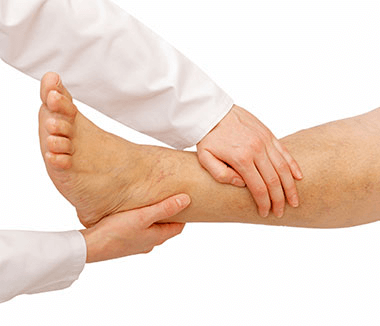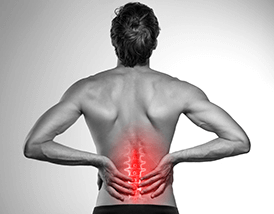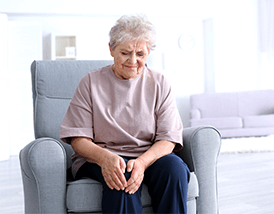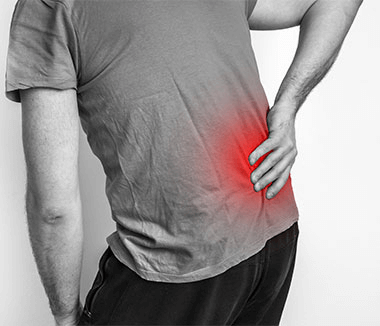See details
READ MORE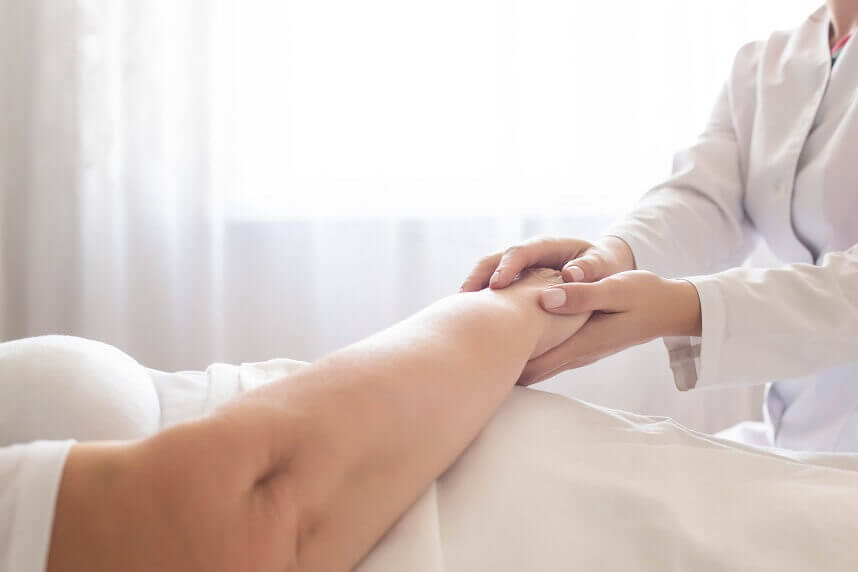
What are the bedsores?
Centrokinetic has a dedicated vascular surgery department, coordinated by Mrs. Dr. Neagu Cristina, primary doctor of vascular surgery, specialized in diagnosis and treatment of blood diseases in arteries, veins and lymphatic vessels.
Bedsores, known in medical terms as pressure ulcers or pressure ulcers, remain a major health problem, being one of the most severe complications of immobility. For affected people - bedsores involve a long term treatment with multiple risks and a sustained effort on the part of the owners.
Despite the lack of official statistics, it is estimated that in Romania the number of patients with bedsores reaches about 800,000 people, most of whom are cared for at home by their family, this pathology being often neglected until the advanced stage, when it can endanger the patient's own life.
Ulcers can occur in any area of the body. However, the highest risk occurs in areas that are above a bony prominences with insufficient subcutaneous adipose tissue. In the consequently, the favorite areas of appearance are the sacral area, the calcaneal area (heel), large trochanter (hip), as well as ankles (sides of the ankles). About 95% of bedsores occur in these areas.
In addition to the direct effect of pressure, there is also danger the appearance of frictional forces. Especially the sitting area is affected by the appearance of these forces, for example when the patient is pulled to a new position, instead of being raised, or if he slides on the surface of the bed due to an insufficient support of the legs.
How do we treat bedsores?
An essential measure in the treatment of bedsores is the restoration of blood circulation in the affected area, by mobilizing the patient. When the area of injury is released by pressure, the affected area will receive the vital substances of the healing process: oxygen, hormones, enzymes, vitamins, growth factors.
Pentru inlaturarea completa a presiunii, pacientul trebuie pozitionat, astfel incat escara sa nu suporte greutatea corpului. Chiar daca pacientul este asezat pe o suprafata moale (de ex. in pat) este esential ca zona afectata (escara) sa nu intre in contact cu patul. Pozitionarea pacientului cu escara trebuie realizata in consecinta, tinand cont de localizarea plagii. To completely remove the pressure, the patient must be positioned so that the bedsore does not support body weight. Even if the patient is placed on a soft surface (eg in bed) it is essential that the affected area does not enter contact with the bed. Positioning the patient must be performed accordingly, taking into account the location of the wound.
Tratamentul hidroactiv al escarelor (ulcerelor de decubit) cu ajutorul pansamentelor moderne este posibil in stadiile I, II si III. Stadiul IV, cu afectarea muschilor si a oaselor (posibil si infectie osoasa), reprezinta o indicatie pentru tratamentul hidroactiv cu pansamente numai dupa o interventie chirurgicala corespunzatoare (curatarea escarei in profunzime prin procedura chirurgicala). In acest stadiu (IV) pansamentele pregatesc plaga pentru inchiderea prin intermediul reconstructiei plastice. Hydroactive treatment of bedsores (decubitus ulcers) with the help of modern dressings is possible in stages I, II and III. Stage IV, with damage to muscles and bones (possibly also bone infection), is an indication for treatment hydroactive with dressings only after surgery (deep cleaning of the ulcer by surgical procedure).
At the Centrokinetic clinic we perform the treatment of bedsores with modern, hydroactive dressings, which consist of debridement autolytic (non-invasive cleaning of the wound with preservation healthy tissue intact), stimulating tissue formation granulation (new cells) as well as stimulation of epithelialization (closing the wound). These dressings create the conditions necessary to overcome the stagnant stage in which the bedsore is as a result of the existing imbalance at the microcellular level, supporting the healing process in each of the phases of its evolution (phase I - of cleaning / exudative; phase II - granulation and phase III - epithelialization). Due to specific absorption mechanisms, hydroactive dressings (for example, those in the Hartmann portfolio) reduce microbial load and achieves optimal control of the amount of exudate through absorption of excess secretions and maintaining a humid environment, necessary for the proliferation of new tissues.
Hydroactive treatment of bedsores is a standard today, the effectiveness of the method being attested by numerous cases resolved in our clinic.
Modern, hydroactive dressings are made at Centrokinetic by Dr. Neagu Cristina, primary vascular surgeon. Also, in the treatment of venous or arterial ulcers, a hyperbaric oxygen therapy also plays an important role can also be performed at Centrokinetic.
SUCCESSFUL RECOVERY STORIES

MAKE AN APPOINTMENT
CONTACT US
MAKE AN APPOINTMENT
FOR AN EXAMINATION
See here how you can make an appointment and the location of our clinics.
MAKE AN APPOINTMENT




















































































































